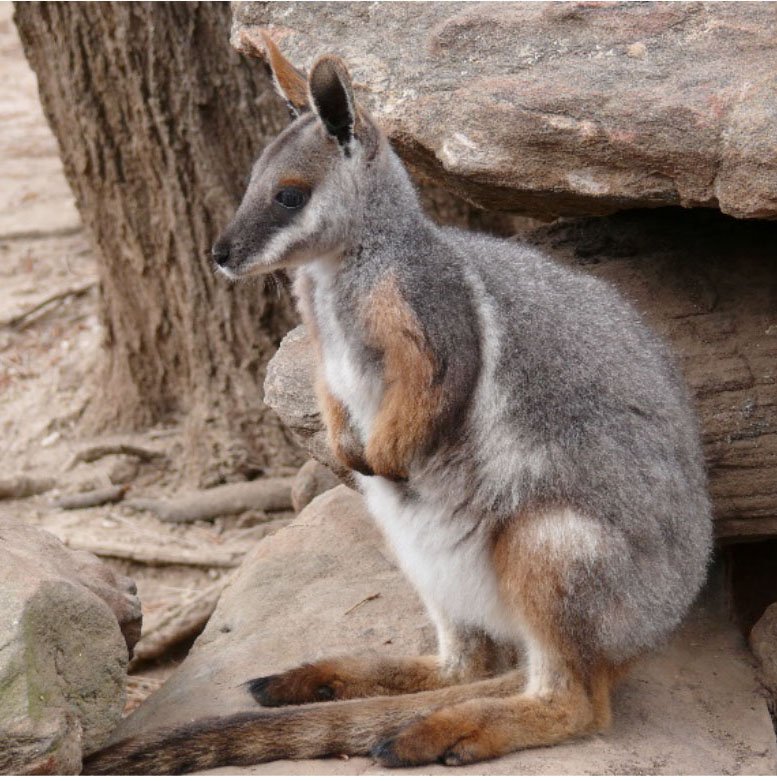The IUCN Red List of Threatened Species™ is the world’s most comprehensive information source on the extinction risk of species, and as such is a critical indicator of the health of the world’s biodiversity.
Since 1964 is has brought together the best scientific information available on each species to describe their conservation status at the global level. It is much more than just a list – it includes detail about population size, habitat and ecology, use and trade, threats, and conservation actions. As a result, it can be a powerful tool to inform and catalyse biodiversity conservation and public policy.
Species are assessed to one of nine categories based on criteria linked to population trend, population size, and geographic range. Those listed as Critically Endangered, Endangered, or Vulnerable are collectively described as ‘threatened’ – meaning that there is a significant risk of the species going extinct in the near future. Other categories include Extinct, Near Threatened, Least Concern, and Data Deficient.
To date, more than 100,000 species have been assessed and more are being added every year. Of these, more than 27,000 species are threatened with extinction, including 40% of amphibians, 34% of conifers, 33% of reef-building corals, 25% of mammals, and 14% of birds.
In Australia, about 8,500 species have been assessed, of which over 1,000 are listed as threatened. Some of the most threatened include the Critically Endangered Central Rock-rat (Zyzomys pedunculatus) (which has undergone dramatic declines in population size and range since the European settlement of Australia), the Glenelg Freshwater Mussel (Hyridella glenelgensis) (known from only a 500m stretch of a small stream in Victoria), and the Dwarf Mountain Pine (Pherosphaera fitzgeraldii) (which is only known from the Blue Mountains between Wentworth Falls and Katoomba).
The 1999 Environment Protection and Biodiversity Conservation Act (EPBC Act) provides legal protection for nationally threatened species following assessment using the Common Assessment Method (CAM). This is closely based on the Red List, with only a few minor modifications.
Ecosure’s Senior Wildlife Biologist James Tallant is one of only a handful of individuals in the region qualified to deliver IUCN Red List training. Ecosure provides customisable 1-day and multi-day training courses in applying the Red List Categories and Criteria for groups of up to 20 participants. Please contact James Tallant at jtallant@ecosure.com.au for more information.

